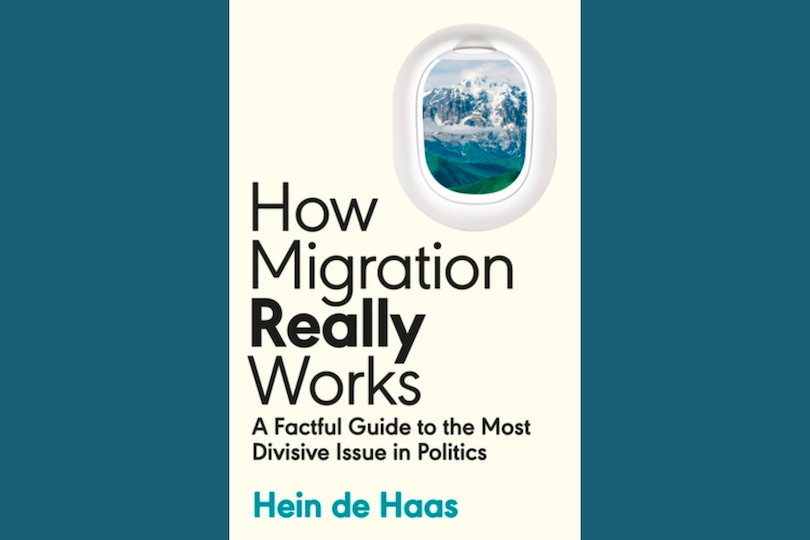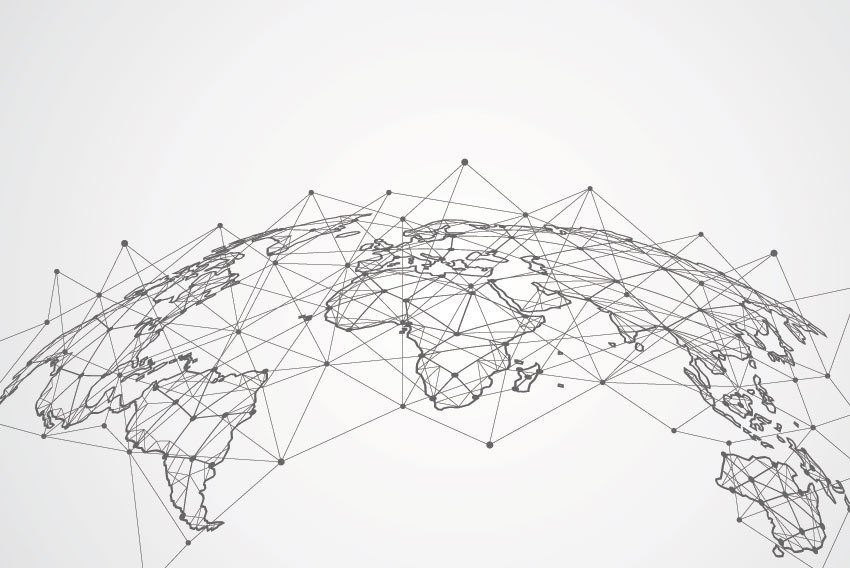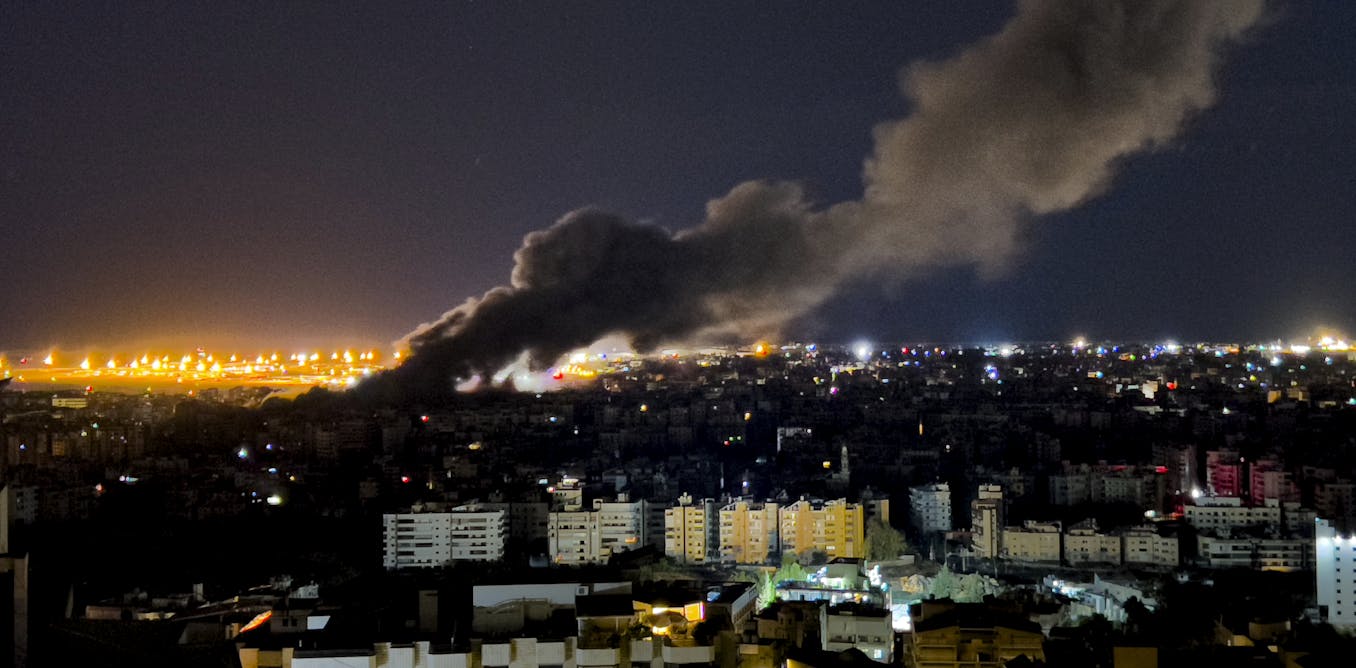How Migration Really Works: A Factful Guide to the Most Divisive Issue in Politics
By Hein de Haas
Penguin Random House, 2024
In How migration really works, Professor Hein de Haas ambitiously proposes a new paradigm, a new discourse, and a holistic vision of migration that bridges the gap between scientific knowledge and the public narratives embraced by politicians, journalists, and humanitarian organisations. He proves how an informed public debate on migration is not only possible but crucial, as the age-old strategy of waging a war on migration has long obscured political, economic, and social responsibilities – often resulting in major geopolitical shifts. Migration policies have indeed played a key role in Brexit, European and US elections, and provided justifications for skyrocketing budgets for border militarisation, just to name a few examples.
Drawing on robust studies from history, economics, anthropology, sociology, geography, and demography, the book proceeds dismantling false or partial assumptions about migration – its causes, nature, and consequences. However, it avoids the trap of monolithic worldviews, acknowledging the absence of easy solutions to complex societal issues like migration. Evidence, facts, and information never speak for themselves, and this “guide” builds on decades of academic research to suggest a translation of this knowledge into an accessible, engaging format that makes the boundaries of social science more permeable to public debate and policymaking.
Structured in three parts, the book offers a comprehensive analysis of global migration patterns, examines their impact on both receiving and origin societies, and explores the role of propaganda in distorting migration issues. By debunking 22 myths, de Haas addresses topics such as social cohesion, crime, labor, and climate change, moving beyond the simplistic view of migration as either a threat or a solution. Below, I revisit four of the most enduring and impactful myths in public discourse, which provide valuable insights for reframing the debate on migration across various domains.
There are no unprecedented and alarming levels of migration
The notion that migration has reached unprecedented and alarming levels, as frequently asserted by governments and international organizations, is deconstructed from the first pages. As de Haas illustrates, international migration has remained relatively low and stable over the past decades, consistently comprising around 3% of the global population—far from the notion of an invasion. Despite global challenges like disasters, inequalities, and injustices, four-fifths of the world’s population still live in their native countries. Furthermore, most migrants move legally and are actively sought by destination societies, primarily for labor purposes.
In contrast, unsolicited border arrivals, including asylum seekers and those with no other viable option but to travel irregularly, are not on the rise and remain a small fraction of migration. de Haas suggests that politicians claiming their countries cannot bear the weight of the world’s suffering can take a step back: if a refugee crisis exists, it is concentrated in the regions of origin. In Global North countries, the pattern is erratic, with the most critical crisis being the failure to recognize the political dimension of asylum.
Labour shortages, not development issues, are the main driver of migration
Another persistent myth is that investing in the economic development of countries of origin will reduce migration. As de Hass points out, decades of research have shown that the relationship between migration and development follows a U-curve: migration increases as economic conditions improve, then decreases at higher development levels. Migration is, as de Haas asserts, an integral, inseparable, and inevitable component of development. While investing in origin countries’ development may not reduce migration in the short term, labor demand remains the primary driver of international migration.
In fact, migrants predominantly fill vacancies caused by labor shortages, and they do so with a negligible impact on the welfare state and on working and housing conditions for nationals. As de Haas effectively points out, governments—not migrants—should be held accountable for such conditions. This underscores how public discourse on migration often exaggerates minor effects as transformative, confusing cause with effect, and correlation with causation, ultimately leading to flawed paradigms.
Smuggling is a reaction to border controls, not the cause of illegal migration
Smuggling is not the root cause of illegal migration; rather, illegal migration is a direct response to stringent border control enforcement, which forces people to rely on intermediaries like smugglers. Misunderstanding this causal relationship has led to the popular but misguided ‘war on smuggling,’ a prime example of ineffective policy where politicians become complicit in the problem they aim to solve. Contrary to popular belief, smugglers rarely operate within organized criminal networks; they typically work independently on a local scale and do not constitute an ‘immigration industry’ that can be dismantled to curb migration.
The true industry profiting from border enforcement is the border surveillance sector, including arms and technology companies. The author demonstrates how border restrictions typically result in increased illegal migration and more smuggling, creating a vicious cycle that systematically undermines the goals of border enforcement (p.259). The anticipated implementation of stricter border controls actually triggers pre-emptive migration, discourages returns and circular mobility, and transforms temporary migration into permanent settlement. Harder-to-cross borders do not deter people; they simply make migration more dangerous and deadly.
Migration is not a panacea for global inequality, but part of a trilemma
Myths also persist within the pro-migration side of the debate. The notion that migration alone can resolve global inequality or address structural demographic trends, such as aging populations, is both misleading and unrealistic. Despite increased migration, inequalities endure, and immigration has minimal impact on birth rates. Additionally, the idea that borders are more fortified than ever is inaccurate. While legal barriers to migration have generally eased, the pace of migration liberalization has slowed significantly since the 1990s. At the same time, migrants today enjoy more rights than in the past.
This situation creates a paradox that often paralyzes modern liberal democracies, commonly referred to as the immigration trilemma: the conflicting imperatives of controlling migration, promoting economic interests, and upholding human rights cannot be achieved simultaneously. The increasingly prevalent response to this trilemma is to prevent ‘unsolicited arrivals,’ filter mobility, and exclude potential asylum seekers and other migrants entitled to protection. To accomplish this, destination countries engage in large-scale externalization policies, enlisting origin and transit countries in border enforcement and migration containment efforts. As a result, for those excluded from legal pathways, borders have become increasingly violent and dreadful.
Final remarks
In How Migration Really Works, de Haas dismantles entrenched myths about migration, deeply rooted in public discourse, through the use of robust scientific evidence, maps, charts, and data. Each myth is carefully analyzed, offering readers a solid foundation to challenge their preconceived notions and encouraging reflection beyond the book itself. However, one crucial aspect that remains somewhat understated is the critique of the widespread assumption that the violence and harsh realities of border practices—especially for those lacking access to internationally recognized means of travel—are somehow inevitable. This belief, intertwined with the securitization and militarization of borders along key migratory routes, fosters a misguided perception that viable alternatives to current approaches to human mobility do not exist. This solutionist perspective contributes to a policy path dependency that has consistently failed.
Further exploration of this dynamic could illuminate how migration, as a complex social phenomenon, is deeply intertwined with power relations and historical struggles rooted in colonialism, gender, class, and race—factors that often remain implicit yet are deeply embedded in migration discourses and policies. These underlying issues, which cut across the myths discussed, have profound implications that cannot be fully understood through a purely positivist lens. Overlooking them risks erasing local and individual stories that reflect systemic trends.
If How Migration Really Works proves how essential it is to build a non-polarised platform for debate, it is equally urgent to enlarge spaces of possibilities that venture outside trodden paths and consider radically different approaches to migration. As de Haas explains, such an approach requires understanding migration within its historical context, recognising it as a normal aspect of life, and viewing it through the lens of mobility justice, rather than merely an economic issue. Only by doing so can we begin to reconceptualise the policies that revolve around migration, thus moving to the question of “what should we do?”. We must understand how migration really works to define the directions we want to take as societies and properly allocate responsibilities for these directions.
Further Reading on E-International Relations
#Review #Migration #Works




